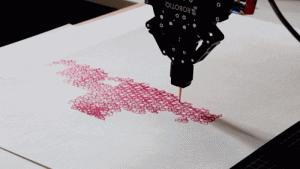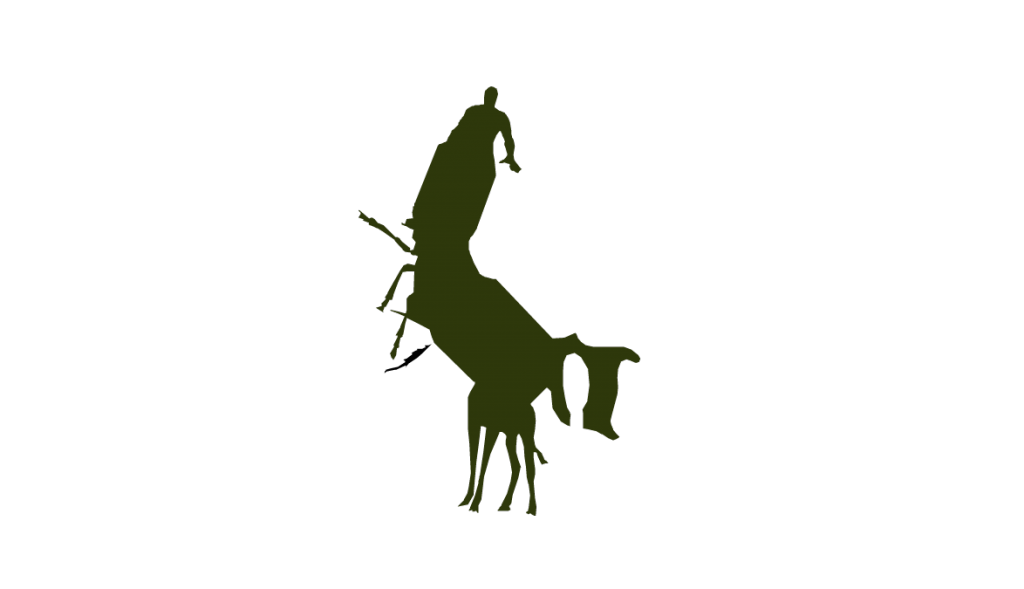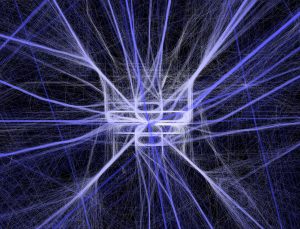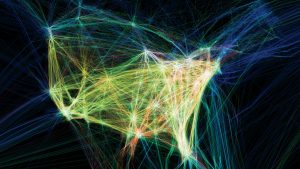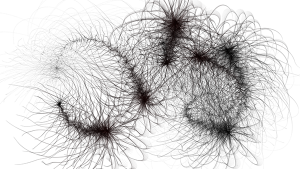http://marcinignac.com/projects/city-icon/
This work of generative art by Marcin Ignac is a virtual city, that features intersecting systems such as traffic jams, water streams, nature enclaves, emergency states and energy sources interacting with each other to form complex patterns. A city is one giant and complex organism, with an abundance of unique patterns forming as a result. The generation of a city is much like the process for which generative art is developed, with the final piece being a rendering based upon the random values of different variables that all add to the final work. In the author’s “about” page he states that he finds inspiration in “structures of biological organisms” and in “patterns emerging from data and complexity of computer algorithms.” His inspiration makes perfect sense in reference to ‘City Icon’, as it represents a biological organism with emerging patterns formed with complex computer algorithms.
I think that this project is particularly interesting because it shows that programming (and generative art) also has the function of creating entire complex systems that very nearly simulate organic life. This project has inspired me to think of programming as a tool for which I can turn my ideas into reality. As for how this work was made, I think it has to do with assigning random variables for different events to happen, like if there is a traffic jam or natural disaster, there is a variable that determines when and where it occurs.
Creator Name: Marcin Ignac
Title of Work: City Icon
Year of Creation: 2012
![[OLD FALL 2017] 15-104 • Introduction to Computing for Creative Practice](../../../../wp-content/uploads/2020/08/stop-banner.png)
